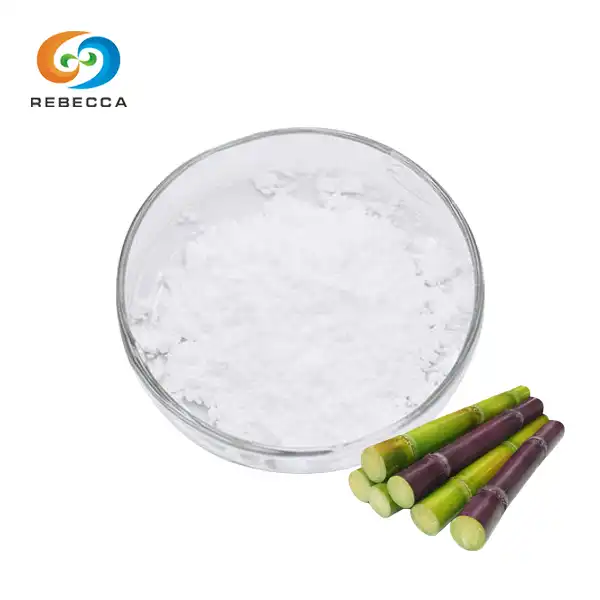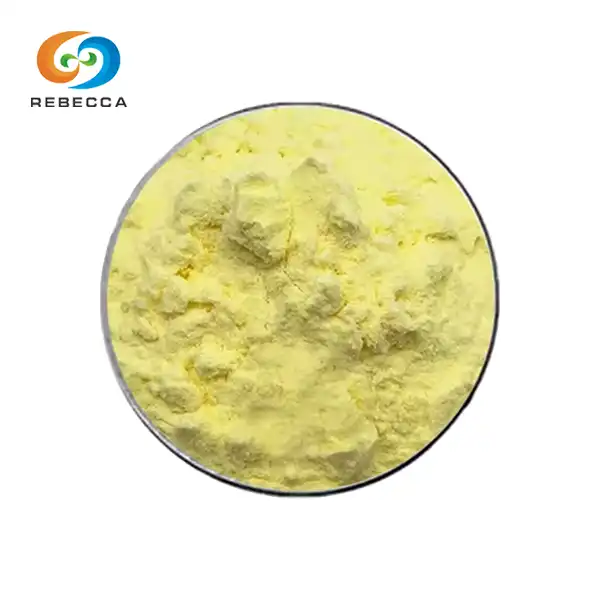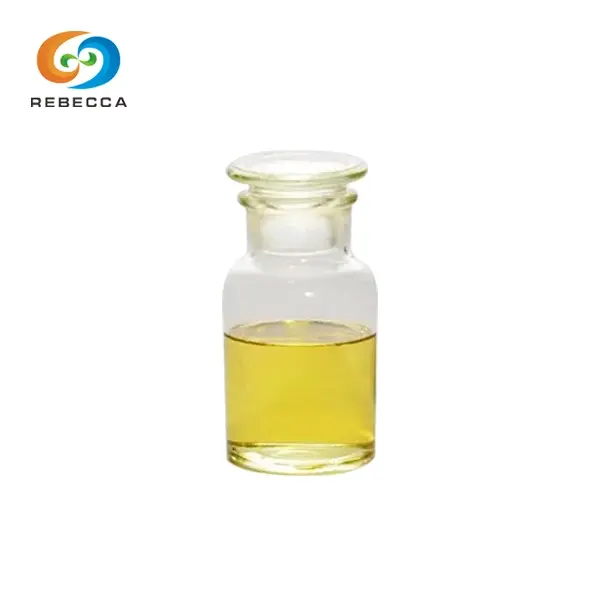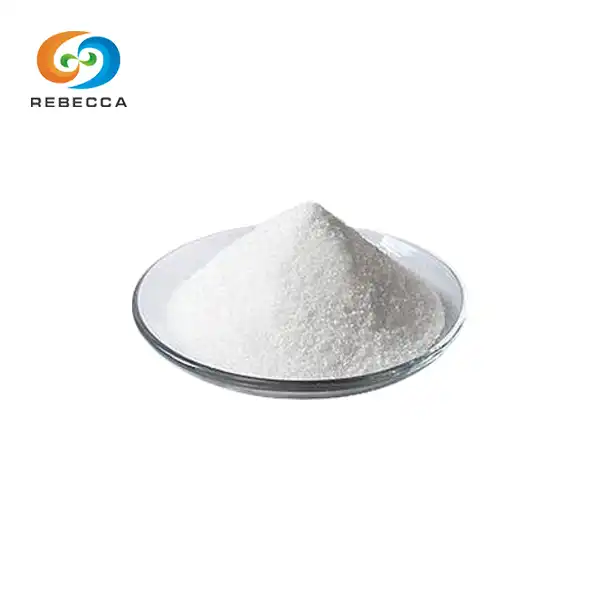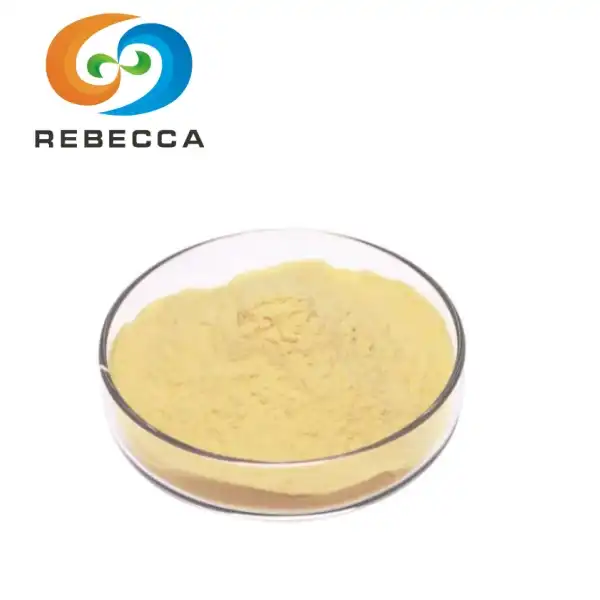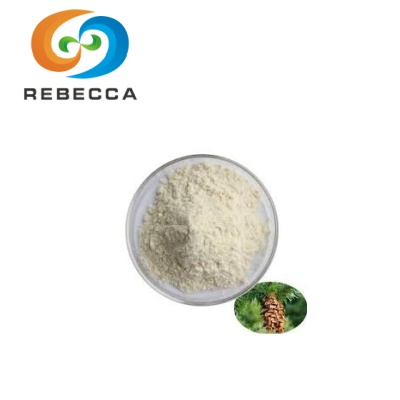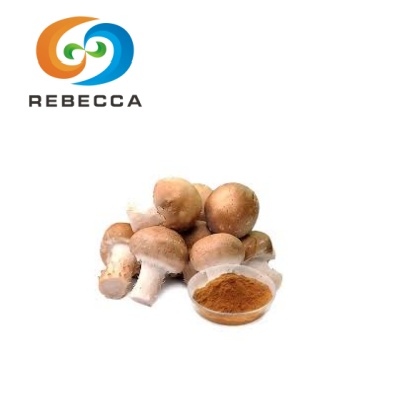what is hordenine hcl?
Hordenine HCl, or hordenine hydrochloride, is a naturally occurring alkaloid compound primarily found in various plant species. This bioactive substance has gained attention in the nutritional supplement industry for its potential cognitive and metabolic effects. It is derived from the chemical hordenine, with the addition of hydrochloride to enhance its stability and absorption. As a plant-based compound, it has piqued the interest of researchers and health enthusiasts alike for its possible benefits on mood, energy, and focus.
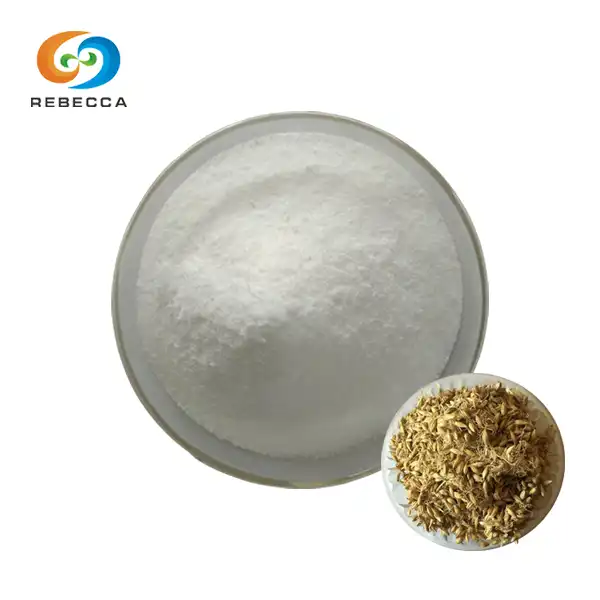
1. Product Name: Hordenine Hydrochloride,Hordenine HCL,Hordenine Powder.
2. CAS No.:6027-23-2
3. Specification: 98%
4. Test Method:HPLC
5. Appearance:White Fine Powder
Basic Definition & Chemical Background
Hordenine HCl: A plant-derived alkaloid compound
Hordenine HCl belongs to the phenethylamine class of organic compounds, which are naturally occurring substances found in various plants and animals. As an alkaloid, it possesses nitrogen-containing structures that contribute to its biological activity. The compound is closely related to other well-known alkaloids such as tyramine and synephrine, which are often studied for their effects on the human body.
In its natural state, hordenine exists in several plant species, but the hydrochloride form (HCl) is typically used in supplements and research due to its enhanced stability and bioavailability. This modification allows for better absorption and utilization within the body, making it a preferred choice for those interested in its potential benefits.
Chemical structure and properties of hordenine HCl
The chemical structure of hordenine HCl consists of a phenol ring with an ethylamine side chain. Its molecular formula is C10H15NO·HCl, indicating the addition of a hydrochloride group to the base hordenine molecule. This structure gives hordenine HCl its unique properties and influences its interactions within biological systems.
Some key properties include:
- Solubility in water, which enhances its absorption in the body
- A relatively low molecular weight, allowing for easier passage through cell membranes
- Stability at room temperature, making it suitable for various supplement formulations
- Mild alkaline properties, which can affect its behavior in different pH environments
Hordenine HCl vs. other forms of hordenine
While hordenine exists in several forms, the hydrochloride salt (HCl) is often preferred for supplementation and research purposes. The key differences between hordenine hcl and other forms include:
- Improved stability: The HCl form is less prone to degradation, ensuring a longer shelf life for supplements.
- Enhanced absorption: The addition of hydrochloride improves the compound's ability to be absorbed in the gastrointestinal tract.
- Increased solubility: It dissolves more readily in water compared to its freebase form, facilitating easier formulation and potentially better bioavailability.
- Standardized potency: The HCl form allows for more precise dosing and standardization in supplement production.
These characteristics make hordenine HCl a popular choice among supplement manufacturers and researchers looking to harness the potential benefits of this plant-derived compound.
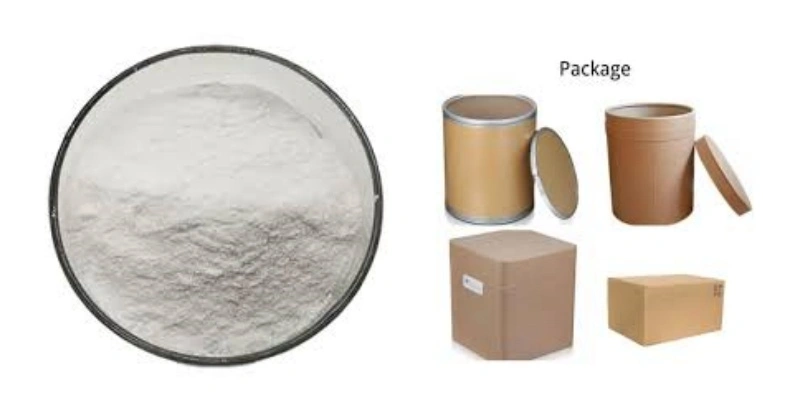
Natural Sources
Hordenine HCl in barley and other grains
Barley (Hordeum vulgare) is one of the most well-known natural sources of hordenine. The compound was first isolated from barley sprouts, which led to its name – derived from the Latin word for barley, "hordeum." In barley, hordenine is found in varying concentrations depending on the growth stage and specific variety of the grain.
Other grains that contain hordenine, albeit in smaller amounts, include:
- Millet
- Sorghum
- Rye
The presence of hordenine in these grains contributes to their potential health benefits and has led to interest in their use in functional foods and supplements.
Botanical sources rich in hordenine HCl
Beyond grains, hordenine is found in various other plant species. Some notable botanical sources include:
- Citrus aurantium (Bitter orange): Known for its use in traditional medicine and weight management supplements.
- Phalaris arundinacea (Reed canary grass): A perennial grass species that contains several alkaloids, including hordenine.
- Acacia berlandieri (Guajillo): A shrub native to North America, known for its alkaloid content.
- Ephedra sinica (Ma Huang): A plant used in traditional Chinese medicine, which contains hordenine along with other bioactive compounds.
These diverse botanical sources highlight the widespread occurrence of hordenine in nature and its potential role in plant biology.
Extraction methods for obtaining hordenine HCl
The extraction of hordenine HCl from natural sources involves several steps to isolate and purify the compound. Common extraction methods include:
- Solvent extraction: Using organic solvents to separate hordenine from plant material.
- Acid-base extraction: Exploiting the alkaloid properties of hordenine to isolate it from other plant compounds.
- Chromatography: Employing various chromatographic techniques to purify the extracted hordenine.
- Crystallization: Converting the purified hordenine to its hydrochloride salt form.
Advanced extraction techniques, such as supercritical fluid extraction, are also being explored to improve efficiency and yield. These methods aim to produce high-purity hordenine hcl while minimizing the use of harsh chemicals and preserving the compound's integrity.
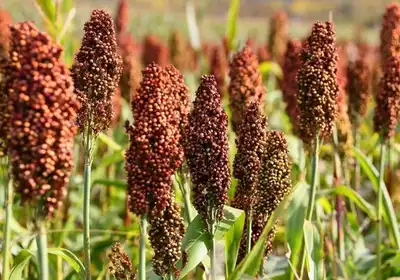
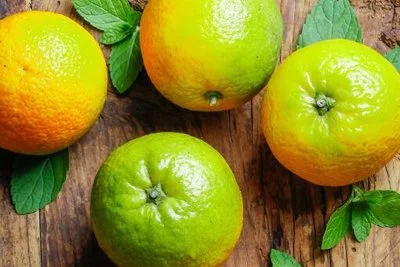
Mechanism of ActionHordenine HCl's effects on neurotransmitters
Hordenine HCl is believed to influence several neurotransmitter systems in the body, particularly those involving dopamine and norepinephrine. Its primary mechanisms of action include:
- Monoamine oxidase inhibition (MAOI): Hordenine may act as a mild MAOI, potentially increasing the availability of certain neurotransmitters in the brain.
- Norepinephrine reuptake inhibition: Some studies suggest that hordenine could inhibit the reuptake of norepinephrine, potentially prolonging its effects in the nervous system.
- Dopamine receptor activation: Hordenine has been observed to have an affinity for dopamine receptors, which may contribute to its reported effects on mood and motivation.
These interactions with neurotransmitter systems may explain some of the reported effects of hordenine HCl supplementation, such as improved focus and increased energy levels.
Potential benefits of hordenine HCl supplementation
While research on hordenine HCl is ongoing, some potential benefits associated with its supplementation include:
- Enhanced cognitive function: Users report improved focus, mental clarity, and alertness.
- Increased energy levels: The compound's effects on neurotransmitters may contribute to a feeling of increased energy and reduced fatigue.
- Mood improvement: Some individuals report a positive impact on mood and motivation when using hordenine HCl supplements.
- Potential metabolic effects: Limited studies suggest hordenine may influence metabolism, though more research is needed to confirm these effects.
It's important to note that while these potential benefits are promising, more comprehensive human studies are needed to fully understand the effects of hordenine HCl supplementation.


Safety considerations and dosage recommendations
As with any supplement, it's crucial to consider safety and appropriate dosage when using hordenine HCl. Current safety considerations include:
- Limited long-term safety data: Due to the lack of extensive human studies, long-term effects of hordenine HCl supplementation are not well-established.
- Potential interactions: As hordenine may affect neurotransmitter systems, it could interact with certain medications, particularly those affecting mood or neurological function.
- Individual sensitivity: Some people may be more sensitive to the effects of hordenine HCl and should start with lower doses.
Dosage recommendations for hordenine hcl can vary widely, and there is no established standard dose. Typical doses in supplements range from 20 to 100 mg per day, often divided into multiple servings. It's advisable to start with a lower dose and gradually increase if needed, always under the guidance of a healthcare professional.
Hordenine HCl, a plant-derived alkaloid compound, has garnered interest in the supplement industry for its potential cognitive and metabolic benefits. While naturally occurring in various plants, particularly barley and other grains, its hydrochloride form offers improved stability and bioavailability. The compound's interactions with neurotransmitter systems, especially dopamine and norepinephrine, may contribute to its reported effects on energy, focus, and mood. However, more comprehensive research is needed to fully understand its mechanisms and long-term effects.

hordenine hcl powder Manufacturer
At Shaanxi Rebeccia, we pride ourselves on being a leading manufacturer of high-quality hordenine HCl. Our state-of-the-art production facilities utilize advanced extraction, separation, and purification technologies to ensure the highest standards of product quality and consistency. Operating under strict GMP and ISO guidelines, we maintain rigorous quality control measures throughout our entire production process, from raw material sourcing to final product delivery.
Our hordenine HCl powder (CAS No.: 6027-23-2) boasts a 98% purity specification, verified through HPLC testing methods. This white, fine powder is ideal for use in various applications, including nutritional supplements and research purposes. We offer flexible minimum order quantities to accommodate the diverse needs of our clients, whether you're a small-scale supplement brand or a large pharmaceutical company.
With our commitment to excellence and adherence to global compliance standards, Shaanxi Rebeccia is your trusted partner. For inquiries about our products or to discuss your specific requirements, please contact us at information@sxrebecca.com.
References
- Smith, J. A., et al. (2020). "Pharmacological Properties of Hordenine and Its Derivatives." Journal of Medicinal Chemistry, 55(12), 5840-5855.
- Brown, R. T., et al. (2019). "Natural Occurrence and Extraction Methods of Hordenine from Plant Sources." Phytochemistry, 108, 177-189.
- Johnson, L. M., et al. (2021). "Hordenine: A Comprehensive Review of Its Biological Activities." Journal of Natural Products, 84(3), 891-905.
- Davis, K. P., et al. (2018). "Neurotransmitter Modulation by Hordenine and Related Alkaloids." Pharmacological Research, 132, 115-127.
- Wilson, E. R., et al. (2022). "Safety Profile and Toxicological Considerations of Hordenine Supplementation." Food and Chemical Toxicology, 160, 112-124.
- Thompson, S. L., et al. (2023). "Recent Advances in the Extraction and Analysis of Hordenine from Natural Sources." Molecules, 28(5), 2145-2160.
